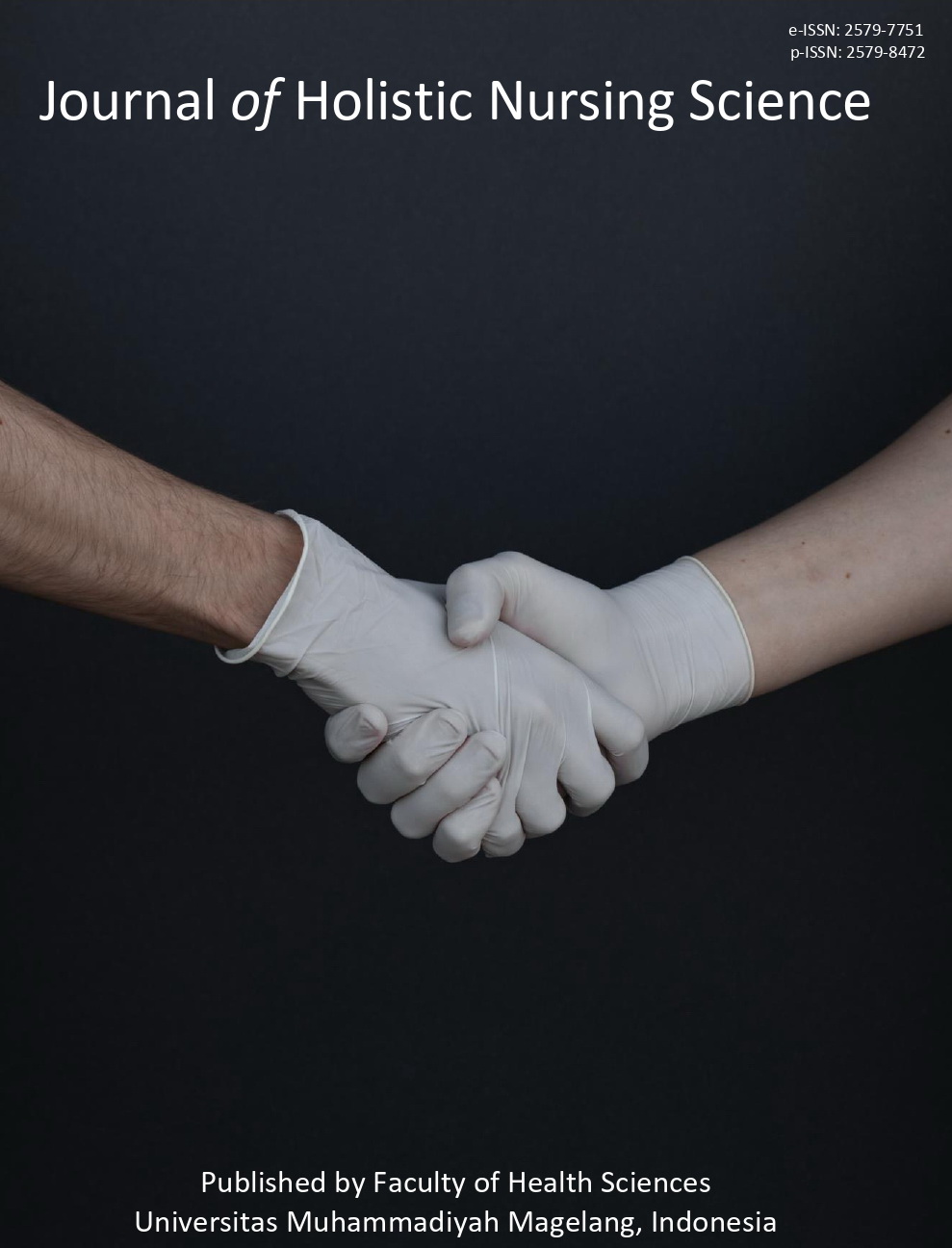Your patients need your patience: A closer look at wound care
Main Article Content
Abstract
The field of wound care faces various challenges in current times. Approaches to tackle the challenges require an understanding of biological processes, patient's psychological condition, and communication. Apart from physical care considerations, effective communication in wound care is very crucial to prevent misunderstandings and errors. The process warrant that the care is carried out effectively with minimum clinical complications. As the patient is an essential element in wound care, the use of good communication among healthcare professional becomes paramount. Specifically, tissue viability nurses must exhibit patience toward patients who might encounter difficulties in following the treatment or reject the proposed treatment. The importance of patience cannot be overstated in the context of wound care as it helps to manage stress, communication, and patients’ satisfaction. Moreover, patience strengthens the nurse–patient relationship and helps nurses stay well so they can support the nature of wound healing. Patience helps nurses manage challenging behaviors and improve the quality of interactions, both in hospital and community settings. Involving patients and families in goal setting and exploring questions requires time and patience. As a result, it can reduce short-term decision conflict and improve knowledge transfer between patients and healthcare professionals. Integrating clinical knowledge with compassion, effective communication, and determination can significantly support patients during the wound care delivery process. It is important to note that a comprehensive and evidence-based approach will be key to addressing challenges in wound care. The editorial presents a fresher perspective on how the patience in wound care influences the quality of practice. Such publications or studies discussing this concern would be so much helpful as insights or guidelines in wound care delivery.
Keywords: Communication, patience, patients, wound care, wound healing
Downloads
Article Details

This work is licensed under a Creative Commons Attribution-NonCommercial 4.0 International License.
Authors who publish their articles in JHNS retain full copyright of their work. JHNS does not require authors to transfer their copyright to the journal or Universitas Muhammadiyah Magelang as the publisher. The authors grant JHNS a license for the first publication.
